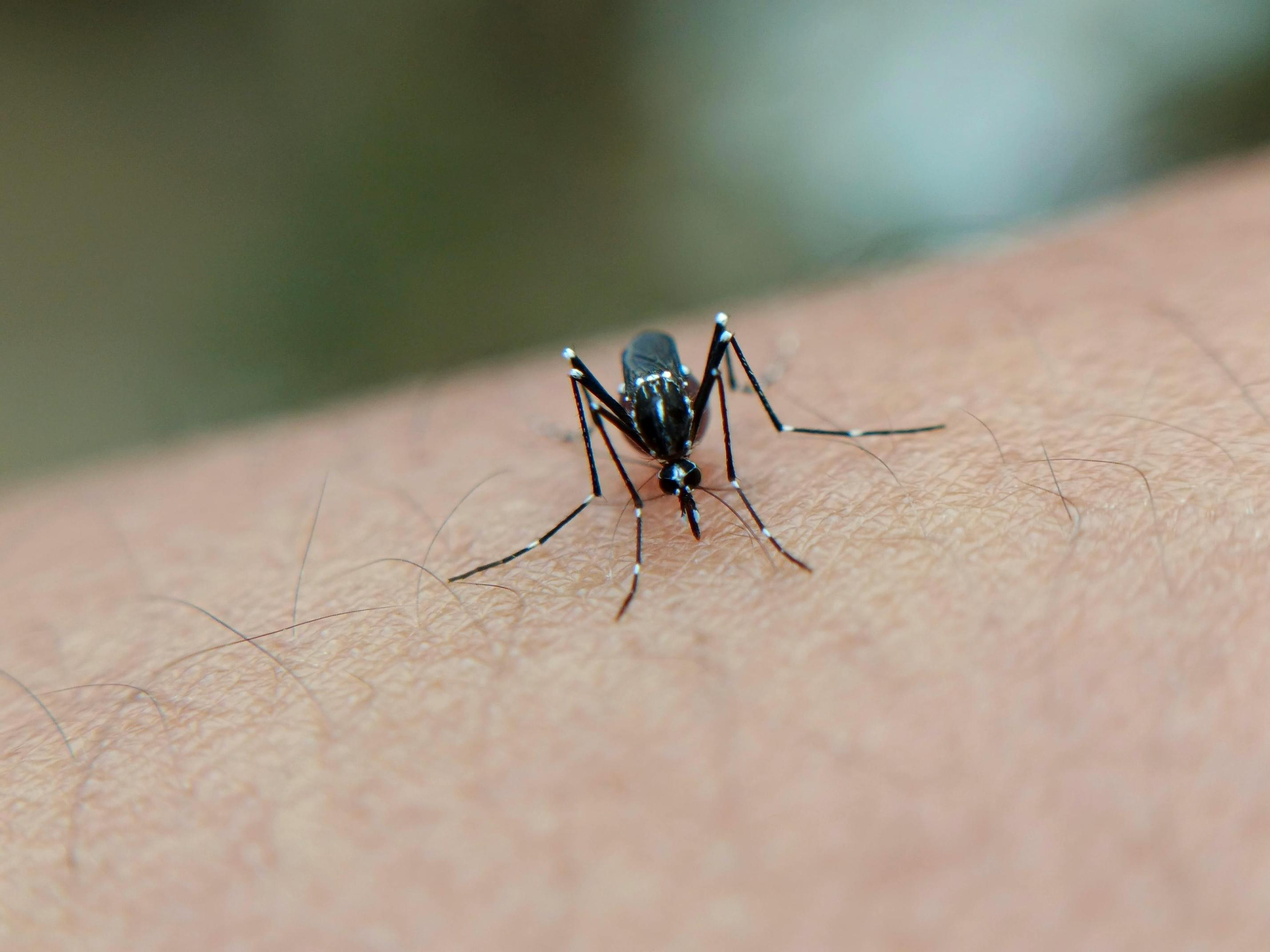Introduction
The realm of technology never ceases to amaze, and one such marvel is the mosquito drone. As a groundbreaking invention, mosquito drones combine the simplicity of a common insect with the complexity of modern robotics. This article delves into the fascinating world of mosquito drones, unveiling what they are, how they operate, their applications, and the future prospects that lie ahead.

What Are Mosquito Drones?
Mosquito drones are an incredible feat of bio-inspired engineering, mimicking the appearance and flight mechanics of mosquitoes. These miniaturized unmanned aerial vehicles (UAVs) are designed to have the agility, size, and stealth characteristics of their natural counterparts, allowing them to navigate environments with a level of finesse and subtlety unattainable by larger drones.
These drones can be used in various fields, from scientific research to military applications. They hold immense potential for conducting surveillance, gathering environmental data, and even assisting in critical public health initiatives. The integration of advanced sensors, artificial intelligence, and compact battery systems enables mosquito drones to perform tasks with a high degree of precision and autonomy.
How Mosquito Drones Work
Understanding the operational mechanics of mosquito drones involves dissecting their core components and design principles. At the heart of these drones lies a sophisticated flight control system that mimics the wing-beat patterns of real mosquitoes. This system allows the drone to hover, maneuver, and fly with remarkable stability and agility.
- Flight Mechanics: The micro-wing structure in mosquito drones is ingeniously crafted to replicate the lift and thrust generated by actual mosquito wings.
- Sensory Apparatus: Equipped with high-resolution cameras and environmental sensors, these drones can detect minute changes in their surroundings, enabling precise navigation and data collection.
- Power Source: Advanced micro-battery technology powers these drones, providing significant flight duration and operational capacity despite their diminutive size.
- Artificial Intelligence: Cutting-edge AI algorithms optimize flight paths, obstacle avoidance, and task execution, ensuring that the mosquito drones perform efficiently and autonomously.

Applications of Mosquito Drones
The versatility of mosquito drones opens up a myriad of practical applications across diverse sectors.
- Surveillance and Security: Mosquito drones can be deployed for covert operations and surveillance due to their small size and inconspicuous nature.
- Environmental Monitoring: Researchers can use these drones to gather data on air quality, weather conditions, and wildlife patterns in hard-to-reach areas.
- Healthcare: In public health, mosquito drones could aid in monitoring and controlling mosquito-borne diseases by mapping breeding grounds, delivering precision insecticides, and tracking disease vectors.
- Agriculture: These drones can assist farmers by monitoring crop health, pest populations, and soil conditions, thereby optimizing agricultural practices and improving yields.
- Disaster Management: During natural disasters, mosquito drones can play a critical role in search and rescue operations, reaching areas inaccessible to larger UAVs or ground teams.
By seamlessly transitioning from scientific research to field applications, mosquito drones demonstrate their broad utility and adaptability.
Innovations in Mosquito Drone Technology
As technology progresses, innovations continue to refine and expand the capabilities of mosquito drones, linking closely to their practical applications.
- Battery Efficiency: Advances in battery technology enhance flight time and operational longevity, allowing for sustained missions.
- AI Integration: Improvements in AI and machine learning algorithms enable more sophisticated decision-making processes, enhancing the autonomous functions of mosquito drones.
- Miniaturization: Continuous miniaturization of components has made these drones smaller and more lightweight, without compromising their functionality.
- Swarm Technology: Future developments include swarm technology, where multiple mosquito drones can work collaboratively to perform complex tasks and cover larger areas.
These innovations reflect the relentless drive towards making mosquito drones more efficient, versatile, and adaptable for a wide range of applications.
Challenges and Limitations
Despite their potential, mosquito drones face several challenges and limitations.
- Battery Life: Limited battery capacity can restrict flight duration and operational range.
- Weather Sensitivity: Adverse weather conditions, such as strong winds and rain, can compromise the stability and performance of these micro-UAVs.
- Cost: High development and production costs can be prohibitive, making widespread deployment challenging.
- Technical Complexity: The intricacies involved in the design and maintenance of these drones can pose significant hurdles.
Addressing these challenges is crucial for unlocking the full potential of mosquito drones and ensuring their effective deployment.
Ethical and Privacy Concerns
The deployment of mosquito drones also raises important ethical and privacy considerations, tightly intertwined with the challenges they face.
- Surveillance: The ability of these drones to conduct covert surveillance can lead to potential violations of privacy.
- Regulation: There is a need for effective regulatory frameworks to govern the use and ethical implications of mosquito drone technology.
Balancing the benefits of mosquito drones with these ethical and privacy concerns requires thoughtful consideration and proactive regulation.

Future Prospects
The future of mosquito drones looks promising as emerging technologies continue to enhance their capabilities. Expectations include extended operational ranges, smarter and more efficient AI systems, and broader applications across various fields.
- Collaborative Operations: The concept of drone swarms and collaborative operations can revolutionize the way tasks are performed.
- Enhanced Applications: Continued innovation will likely introduce new applications in fields such as smart cities, advanced medical research, and adaptive agricultural practices.
Conclusion
Mosquito drones represent an exciting intersection of bio-inspired design and advanced technology, holding significant promise for various applications. While challenges and concerns remain, the ongoing innovations and future prospects make them a captivating subject in the world of modern robotics.
Frequently Asked Questions
What are the main applications of mosquito drones?
Mosquito drones are primarily used in surveillance, environmental monitoring, healthcare, agriculture, and disaster management.
Are there privacy concerns with using mosquito drones?
Yes, the covert surveillance capabilities of mosquito drones raise significant privacy concerns that require regulatory oversight.
What advancements can we expect in mosquito drone technology?
Future advancements may include improved battery efficiency, enhanced AI integration, further miniaturization, and the development of collaborative swarm technology.
